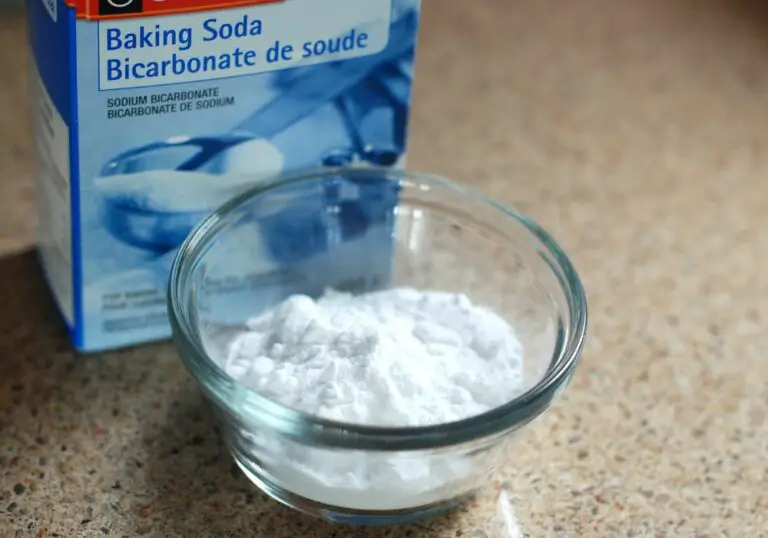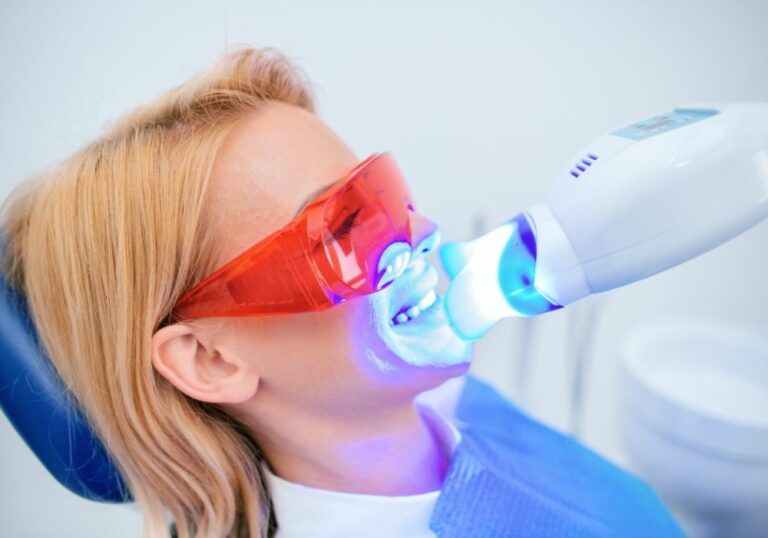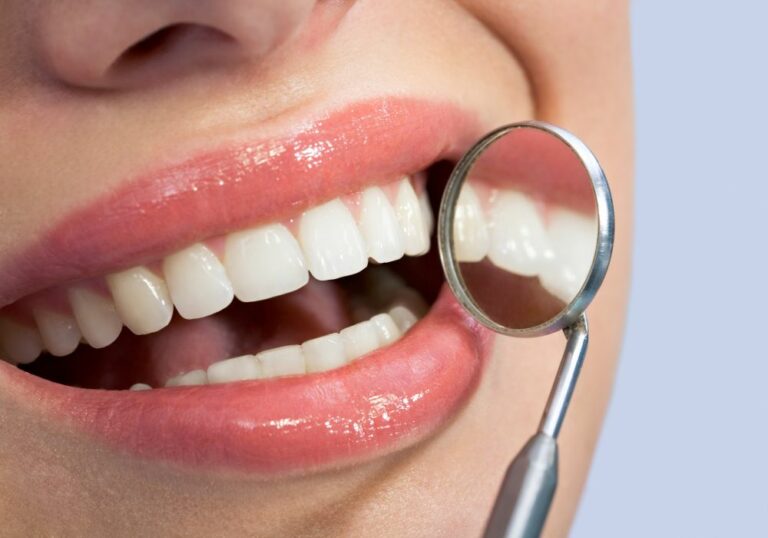Having a straight, properly aligned smile provides more than just cosmetic benefits. Well-positioned teeth are easier to clean and less prone to decay and gum disease. They distribute biting forces evenly to prevent fracture and wear. When teeth are severely crowded or crooked, many dentists recommend orthodontic solutions like braces or Invisalign. But are there options to fix misaligned teeth without orthodontics in certain situations? This article explores alternatives ranging from cosmetic dentistry to clear aligners when traditional braces are undesirable or cost prohibitive.
When are braces mandatory vs. discretionary?
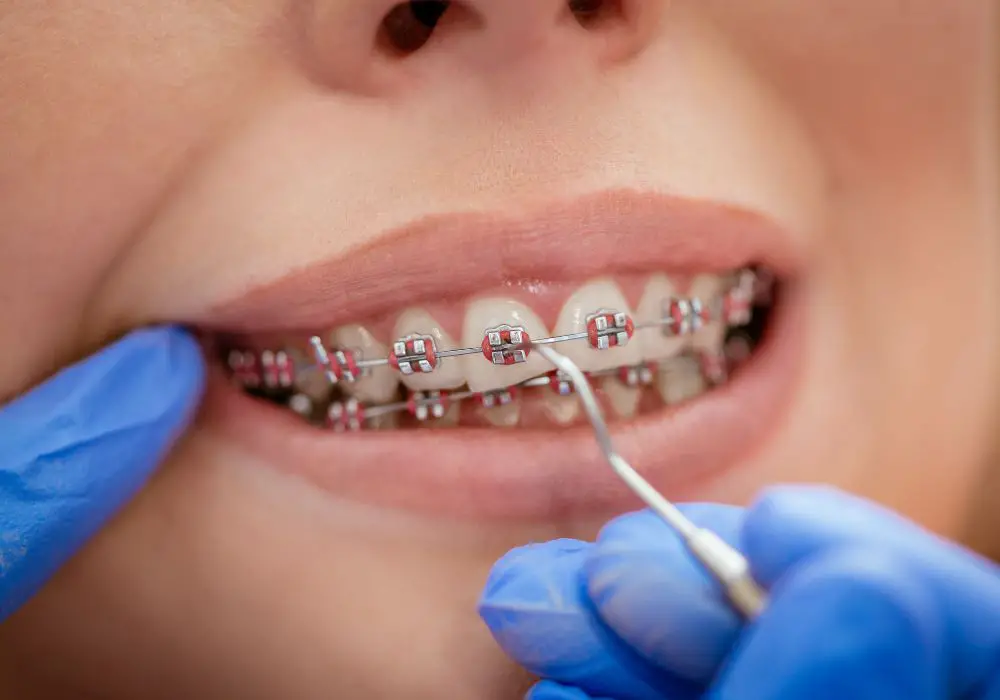
Orthodontic treatment can range from limited approaches like clear aligners to complex, multi-year plans involving extraction and bands. So how do you know if braces are absolutely mandatory or if other options can produce suitable results? Here are some general guidelines:
Braces tend to be mandatory for:
- Severe crowding with extensive tooth overlap
- Impacted teeth unable to erupt properly
- Deep bites with palate damage and biting issues
- Severe overjets with lips incompetent at rest
- Crossbites causing abnormal jaw growth
- Open bites making chewing difficult
- Skeletal and jaw discrepancies leading to problems
- Speech impairment as a result of malocclusions
But braces may be discretionary for:
- Mildly crooked or spaced teeth
- Minor incisor crowding or irregularity
- Slight overbite without associated symptoms
- Small gaps between teeth due to minor spacing
- Mildly uneven jawline with all teeth functioning
- Slightly misaligned bite without joint noises or pain
The best way to determine if braces are mandatory or optional is to seek an evaluation with an orthodontist. They can fully assess dental arches for alignment and occlusion. If extractions or complex treatment is recommended, getting a second opinion is wise. For adults especially, the benefits of correcting minor flaws should be weighed against the burden of extensive orthodontics when not absolutely necessary.
Clear aligner therapy as an alternative to braces
Clear aligners like Invisalign straighten teeth using a series of custom-fit plastic trays worn in sequence. As each new tray is inserted every 1-2 weeks, controlled pressure gradually shifts teeth into better position. Aligners are nearly invisible while worn andremovable for eating and oral care. Here are some pros and cons to consider:
Pros of clear aligners
- Discreet appearance for improved aesthetics
- Allows removal for eating and brushing normally
- Smooth plastic with no metal or wires
- Utilizes 3D computer imaging technology
- May require fewer in-office visits than traditional braces
Cons of clear aligners
- Generally not suitable for complex bite issues
- Movement is limited to just a few millimeters per tray
- Success depends on wearing aligners 20+ hours per day
- Potential for longer treatment time than braces
- Higher average costs compared to metal braces
Clear aligners should be considered when appearance is a primary concern and malocclusion is mild to moderate. More significant bite issues usually require comprehensive braces even if aligners can camouflage them initially.
Cosmetic dentistry solutions
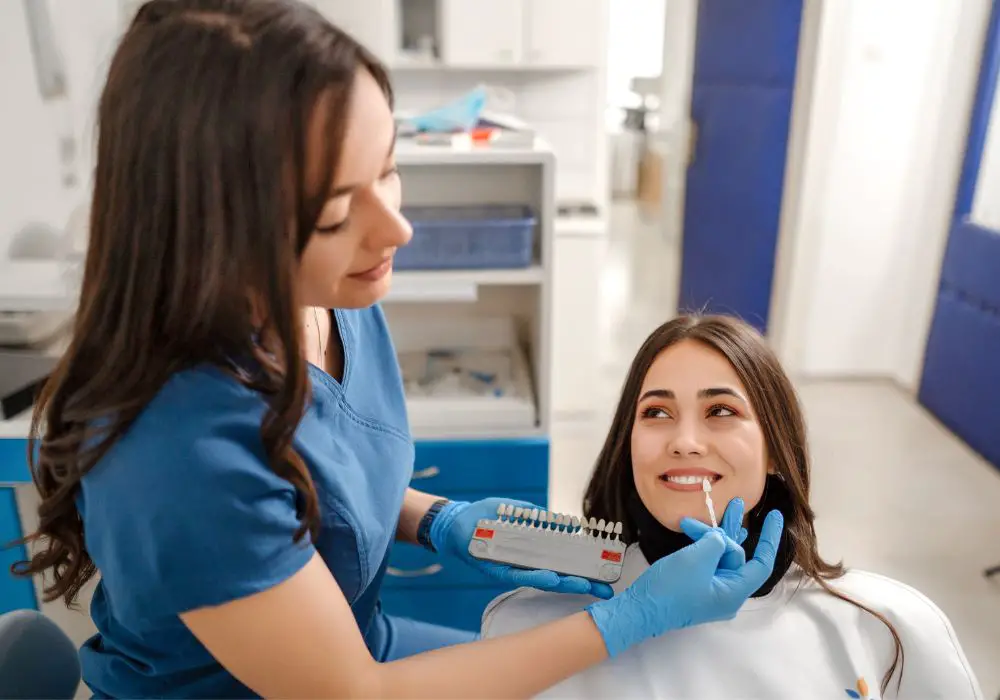
While orthodontics move teeth, cosmetic dentistry focuses on improving the appearance of crooked smiles. Treatments like dental veneers, bonding, and tooth contouring manage imperfections by modifying the visible enamel. These options do not change alignment or bite, but can significantly improve aesthetics.
Benefits
- Treatment times are shorter than braces
- Results can dramatically improve smile appearance
- Little to no tooth or gum tissue removal
- Can supplement other orthodontic treatment
Limitations
- Does not improve underlying orthodontic issues
- May require replacement or touch-ups over time
- Higher cost on average compared with orthodontics
For mild spacing or overlap that does not impair function, cosmetic dentistry alone may suffice for adults seeking aesthetic improvement without braces. But for teens with developing mouths or moderate/severe misalignment, moving teeth with orthodontics is still preferable.
Popular cosmetic dental treatments:
Dental veneers – Custom fabricated porcelain covers bonded to front teeth
Dental bonding – Tooth-colored resin material molded onto teeth then hardened with light
Enamel contouring – Selectively removing small amounts of enamel to reshape teeth
Interproximal reduction to slenderize teeth
Interproximal reduction or IPR is a non-surgical procedure to remove a tiny amount of enamel between the contact points of adjacent teeth. It is sometimes called enamel reproximation or slenderizing. By reshaping the edges where teeth touch, modest reductions in width can create room for minor crowding or spacing issues to self-correct.
Advantages of interproximal reduction
- Less invasive alternative to extraction or braces
- Allows teeth to settle naturally into improved alignment
- Smooths edges between teeth with bonding for aesthetics
- Done painlessly without anesthesia in a dentist’s chair
Disadvantages
- Causes permanent loss of a small amount of enamel
- Can prolong total treatment time compared to braces
- Results limited to minor crowding correction
Overall, IPR offers a way to avoid major orthodontics when crookedness of front teeth is mild. Approximately 0.5mm to 1mm of reduction space per contact area is typical. Combined with clear aligners, IPR can improve alignment enough for some patients to feel comfortable with their smile.
Tooth extraction as part of camouflage orthodontics
Extracting select permanent teeth provides more room for remaining teeth to shift into ideal position. This approach is sometimes called camouflage orthodontics when extensive braces are undesired. Premolars are often extracted because they have less impact aesthetically and functionally than incisors and canines.
Benefits of camouflage ortho with extraction
- Less treatment time and complexity than non-extraction plans
- Avoids major jaw or bite change needed with non-extraction
- Improves moderate crowding without elongating the arch
Drawbacks
- Extracted spaces could reopen later causing relapse
- Can reduce arch width, flattening smile profile
- Risk of unintended bite changes during space closure
Camouflage orthodontics aims for an acceptable improvement quickly rather than major reconstruction of the bite. It needs careful planning and precision mechanics to avoid creating a new problem when correcting misalignment.
Mouth guards and jaw repositioning appliances

For mild to moderate bite problems diagnosed during childhood, prefabricated or custom oral appliances can guide jaw growth and prevent worsening of issues. Repositioning the jaw regularly with a device may allow teeth to emerge properly. This approach is sometimes called interceptive orthodontics. It aims to reduce the need for major orthodontics down the road when growth is complete.
Pros of early interceptive treatment
- Take advantage of child’s natural growth patterns
- Lessen severity so teeth can fit together better
- Avoid extracting permanent teeth if possible
- Prevent worsening of oral habits affecting alignment
Cons
- Compliance with appliance wear can be challenging
- Results may be less predictable than standard braces
- Requires frequent monitoring and adjustments
Interceptive orthodontics are typically a first phase of treatment rather than the total solution. But improving incisor positions and arch relationships in a growing child can be beneficial.
Clear teeth aligners provided directly to consumers
A number of companies now offer teeth straightening products directly to consumers, without requiring an initial dentist visit. These provide cost savings but may have limitations compared to professionally managed orthodontics. Options include:
- AlignerCo – $1495 for a set of 15 custom aligners
- Candid Co. – $2400 for prescribed aligner therapy
- SmileDirectClub – $1950 for aligners with remote monitoring
Potential benefits
- Increased affordability and convenience
- More discreet than braces
- Self-paced treatment at home
Risks and considerations
- No in-person exams to determine appropriateness
- Monitoring done remotely via photos
- Safety risks if underlying dental issues are missed
- Extended treatment time due to wearing inconsistently
- Higher risk of poor outcomes or need for re-treatment
Consumers who choose direct-to-consumer aligners must carefully weigh risks vs. benefits. Working with an orthodontist is recommended for anyone with complex dental needs or concerns.
Chewing gum to reposition teeth
Some evidence suggests that regularly chewing sugar-free gum may help move teeth due to the constant jaw motion and force on teeth. The exact impact on alignment is unproven, but potential perks include:
- Increased saliva production to neutralize acids
- Prevent plaque buildup with stimulated flow
- Strengthen jaw muscles reducing clenching/grinding
- Guide erupting teeth into more favorable positions
Chewing gum tips for better alignment
- Choose an xylitol-sweetened gum
- Chew for 20-30 minutes 2-3x daily
- Use it along with other subtle alignment methods
- Ensure proper jaw mechanics during chewing
While not a standalone treatment, long term gum chewing could support incremental improvement for mild crowding or spacing in some cases. Since it has minimal risks, chewing gum is easy to test for possibly avoiding major intervention. However, results take months to assess and are inconsistent.
Final considerations when weighing orthodontic options
Straightening teeth and correcting bite issues is a complex process that should involve thorough dental exams and consideration of all options. Here are a few final guidelines when exploring alternatives to traditional braces:
- Minor imperfections that do not affect oral function may not require treatment at all. Appearance priorities and personal tolerance levels differ.
- Teens and pre-teens with flexibility and growth potential have more options than adults. Interceptive methods can preclude extensive treatment down the road.
- Mild to moderate problems have more alternatives than severe malocclusion and misalignment. However, even complex issues can begin with subtle, camouflage approaches.
- Combining several minimally invasive treatments may suffice, like aligners plus IPR, or cosmetic contouring with bleaching. This is very patient specific.
- Any method to straighten teeth has variable success rates and some risk of relapse or need for re-treatment. Retainers help stabilize results long-term.
- Full orthodontic treatment provides the most predictable results for many bite misalignments and severely crooked teeth. Drawbacks are extensive procedures and appearance.
In conclusion, those seeking alternatives to braces must carefully balance effectiveness of treatment with their aesthetic priorities. Seeking multiple professional consultations is key to understanding all options. For the right patients, there are more choices now than ever to potentially avoid traditional orthodontic treatment.


